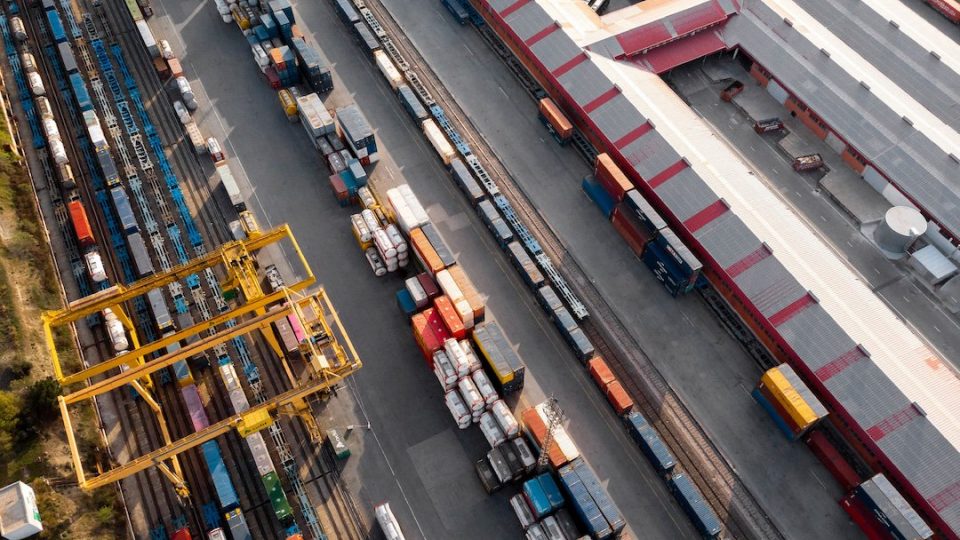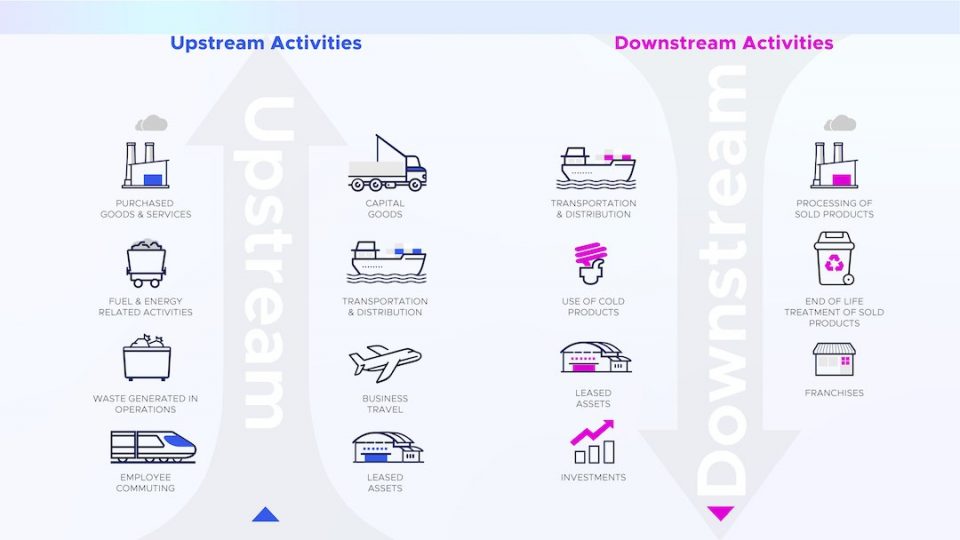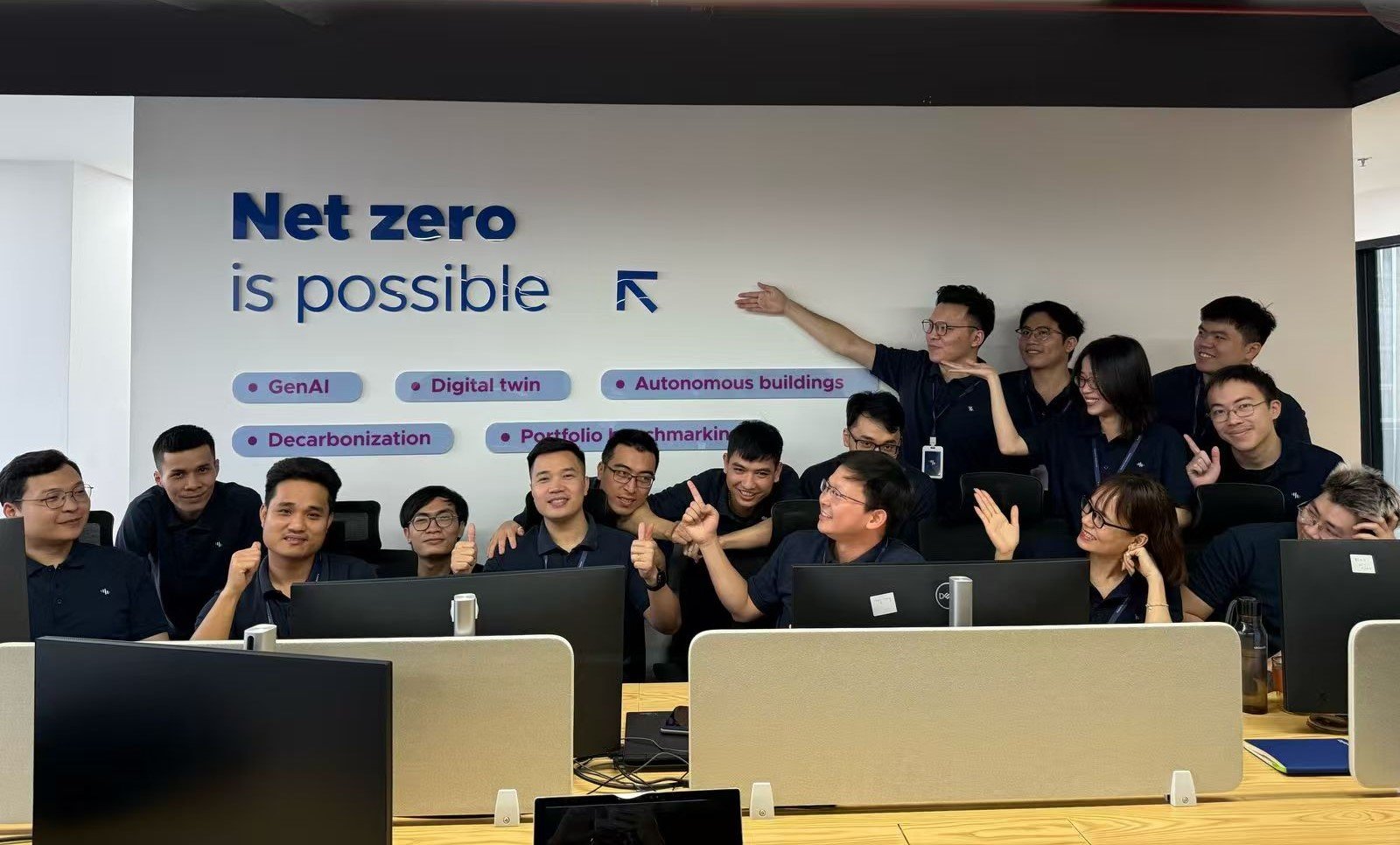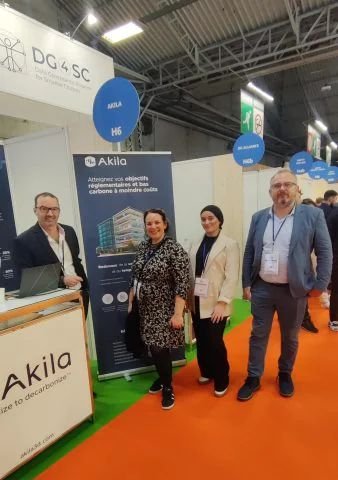
Scope 3 emissions play a vital role in a comprehensive sustainability strategy for businesses. While Scope 1 and Scope 2 emissions encompass direct and indirect emissions from an organization’s operations, Scope 3 emissions account for the emissions that occur in the value chain beyond a company’s direct control.
Knowing how to identify the key challenges and how to address them with tech-backed strategies provides a practical solution to help companies effectively manage and reduce their Scope 3 emissions.
Defining Scope 3 emissions
Scope 3 emissions are the indirect greenhouse gas emissions that occur as a result of an organization’s activities but are associated with its value chain, including suppliers, customers, and end-users. These emissions go beyond a company’s direct control and encompass a wide range of sources.
Examples of Scope 3 emissions include:
- Emissions from purchased goods and services
- Transportation and distribution
- Waste generated
- The use and disposal of products sold
Understanding and quantifying Scope 3 emissions is essential for accurately assessing a company’s overall carbon footprint and developing effective emission reduction strategies.
Key challenges in addressing Scope 3 emissions
Businesses face several challenges when it comes to addressing Scope 3 emissions. Overcoming these hurdles is crucial for successfully managing and reducing the environmental impact of the value chain.
Identifying and measuring Scope 3 emissions
One of the primary challenges is obtaining accurate data from suppliers and stakeholders throughout the value chain. It requires collaboration and cooperation to collect comprehensive information on emissions associated with the various stages of the value chain. Setting boundaries and determining which activities to include in the emissions calculations can also be complex.
Lack of control and influence
Organizations often have limited direct control over the emissions generated by their suppliers, customers, and end-users. Influencing emission reduction efforts in these areas requires collaborative approaches and building partnerships based on shared sustainability goals. Encouraging suppliers and customers to adopt sustainable practices and technologies is crucial.
Complex value chain
Modern supply chains are intricate and globally dispersed, making it challenging to track and manage emissions effectively. Companies must navigate diverse geographic locations, varying regulatory frameworks, and different levels of environmental awareness and commitment among stakeholders. Coordinating emission reduction efforts throughout the value chain requires strategic planning and clear communication.
Limited awareness and engagement
Raising awareness and engaging stakeholders throughout the value chain in sustainability initiatives can be a significant challenge. Many businesses struggle to communicate the importance of Scope 3 emissions and foster a sense of responsibility among suppliers, customers, and end-users. Building awareness, providing education, and incentivizing participation are crucial for driving meaningful change.

Strategies and solutions for managing Scope 3 impact
Addressing Scope 3 emissions requires a proactive and comprehensive approach.
Engaging in collaboration and partnership
One of the most effective ways to address Scope 3 emissions is to foster collaboration and engagement across the value chain. This means opening up lines of communication with suppliers, customers, and partners, sharing sustainability goals, and encouraging initiatives that reduce emissions. This could involve working with suppliers to implement energy-efficient practices or educating customers about the environmental impact of their consumption habits.
Streamlining the supply chain
Another key strategy is to optimize the supply chain. This involves conducting thorough assessments to identify emission hotspots and areas for improvement. Companies can prioritize working with suppliers who demonstrate strong sustainability performance, and encourage all suppliers to set and meet their own emission reduction targets.
Emphasizing product life cycle management
The environmental impact of a product doesn’t end when it leaves the factory. By focusing on product life cycle management, businesses can design products with sustainability in mind. This could involve making products more energy-efficient, easier to recycle, or even redesigning products to minimize emissions at all stages of the life cycle. Companies can also implement take-back or recycling programs to reduce waste and emissions associated with product disposal.
Rethinking transportation and logistics
Transportation and logistics are often significant sources of Scope 3 emissions. By optimizing transportation routes, promoting alternative transportation methods, and collaborating with logistics partners to implement emission-reduction strategies, businesses can significantly reduce these emissions.
Prioritizing stakeholder reporting and transparency
Finally, transparency is key. By disclosing Scope 3 emissions data and reduction efforts in sustainability reports, businesses can enhance accountability and build trust with stakeholders. This also provides clear information on progress towards emission reduction targets, helping to keep everyone engaged and committed to the goal.
Leveraging technology to tackle Scope 3 emissions
In the digital age, technology is our ally in the fight against Scope 3 emissions. Real-time data and centralized visualization can be game-changers, providing the tools and insights companies need to take educated action.
- Harnessing real-time data: IoT devices scattered throughout the supply chain (such as in vehicles) can gather data in real time, offering a clear picture of where emissions are coming from. This real-time insight allows companies to pinpoint emission hotspots, monitor progress toward reduction targets, and make data-driven decisions.
- Utilizing visualization platforms: These platforms are like the command center for managing emissions. They aggregate and analyze data from multiple sources, providing a comprehensive view of a company’s emissions. Plus, they automate the process of calculating emissions, making reporting a breeze.
- Reconsidering vendor relationships: With this technology, companies might find that some vendors are contributing more than their fair share of Scope 3 emissions. But this doesn’t mean cutting ties. Instead, armed with data, companies can engage these vendors in a dialogue about reducing emissions. It’s an opportunity to strengthen relationships and build a more sustainable supply chain together.
- Reaping mutual benefits: The use of technology in managing Scope 3 emissions isn’t just good for the planet—it’s good for business too. Companies can improve their sustainability performance, while vendors can boost their own green credentials. Plus, more efficient operations can lead to cost savings for everyone involved.
Technology provides a powerful tool for companies looking to manage and reduce their Scope 3 emissions. It turns data into action and transforms the supply chain into a green chain.
Addressing Scope 3 emissions is crucial for businesses committed to comprehensive sustainability. By understanding the concept, recognizing the challenges, and implementing practical solutions, companies can make significant progress in bringing their Scope 3 emissions under control. Embracing sustainability throughout the value chain fosters collaboration, drives innovation, and contributes to a more sustainable future for businesses and the planet.




